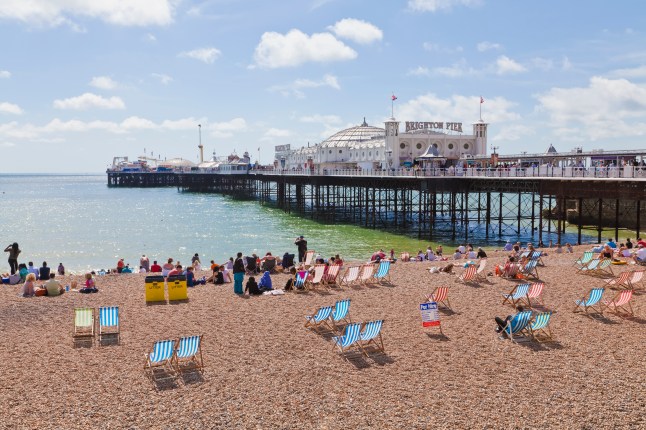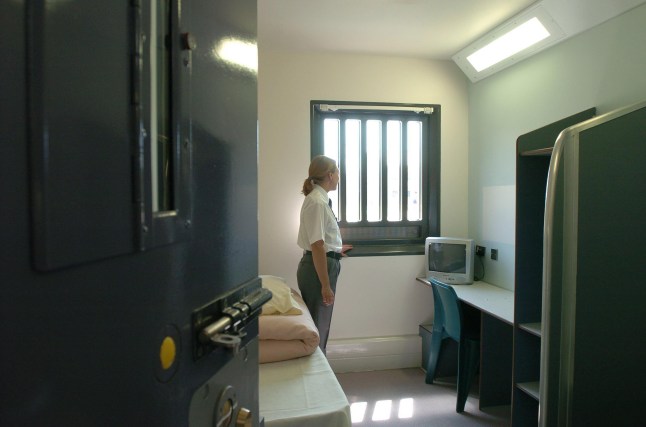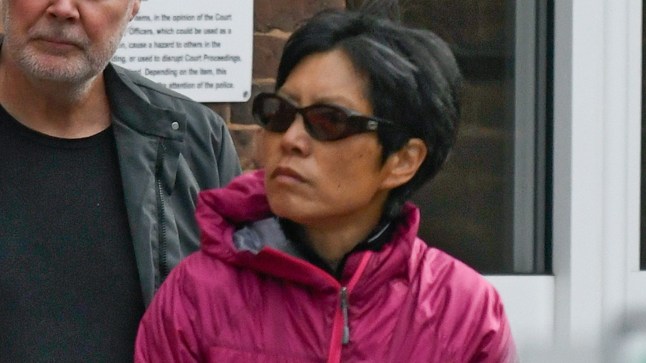To view this video please enable JavaScript, and consider upgrading to a web
browser that
supports HTML5
video
The motor capital of the UK is about to get a transport makeover with a new revolutionary railway system.
Coventry is looking to create a Very Light Rail network, which has been described as being like a tram, but better.
The vehicles, which can carry 60 passengers, are cheaper and more flexible than traditional railways.
The£189,000,000 route has yet to be confirmed, but local father and son Graham and Joe Dibbins are giving people the chance to test it out for themselves.
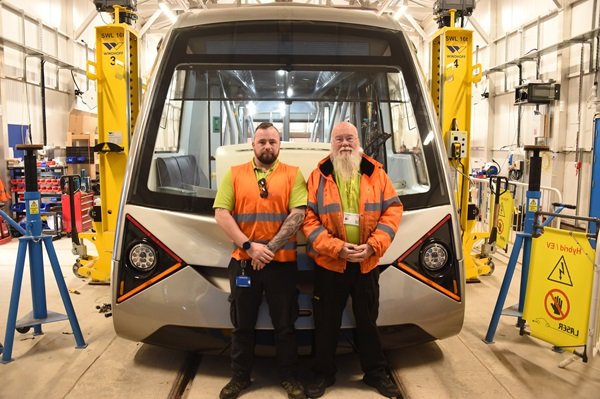
They are both train drivers at RailAdventure UK, which will operate a test service on a 721ft (220m) track between Greyfriars and Queen Victoria Roads.
Graham said: ‘It’s an extraordinary feeling to be involved in such an innovative project and at the same time to be working with my son for the first time in a professional capacity as train drivers.’
Joe added: ‘It seems unbelievable that I am working with the one person I respect more than anyone else – my dad. The fact that Coventry Very Light Rail is so technologically advanced is simply the icing on the cake.’
Richard Parker, the mayor of West Midlands, said it is ‘right that the operator for this first test track should be a West Midlands company.’
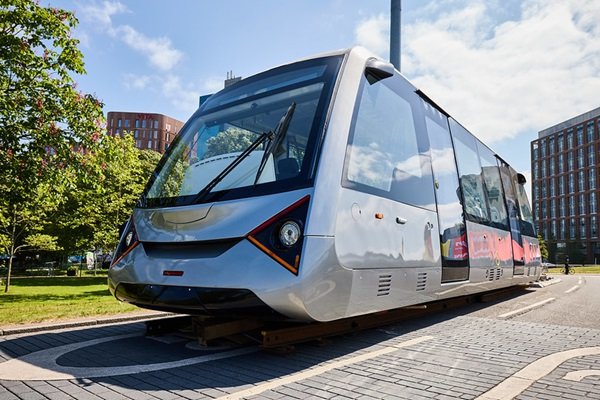
The on-road tests, which will only have 17 passengers at once, will run in Coventry city centre for a limited time only in May and June. If you want to give it a go, book your free place here.
Councillor Jim O’Boyle, a cabinet member for jobs, regeneration and climate change at the council, said the ‘green’ CVLR system will ‘revolutionise transport in Coventry.’
He said: ‘Very Light Rail is just the beginning of our plans to revolutionise transport in our city, tackle climate change, improve air quality, and provide a reliable and accessible travel option.
‘We will be running Very Light Rail for four weeks, and residents will have the opportunity to experience this one-of-a-kind vehicle and track system and provide feedback on the experience.’
What makes ‘very light rail’ different?
The cost of construction is the first thing that sets it apart from traditional trams.
The estimated cost per kilometre (0.6 miles) is £10,000,000, compared to £30,000,000 for the same distance.
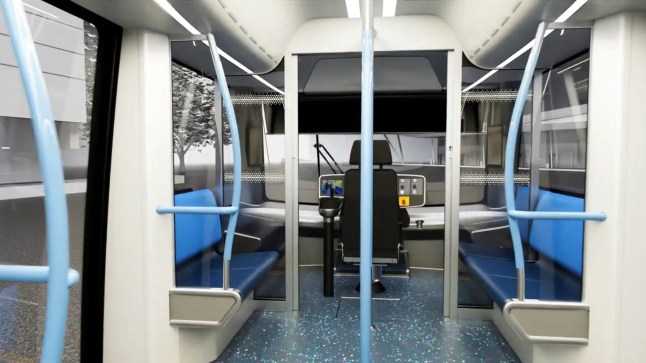
The new track sits just under 11 inches (30cm) within the road surface, minimising expensive and time-consuming works to relocate pipes and cables, the council said.
The VLR system is powered by batteries, meaning that, unlike trams, there is no need for overhead wires.
Could London have ‘very light rail’ system?
The electric, very light rail system has been touted as a way to bring disused railway lines back into action.
There are no definite plans to build ultra-light rail systems in London, but TfL and the London Assembly have discussed and reviewed the option over the years.
Major rail operators are said to have shown interest in the very light rail systems, and further trials are planned to start in 2026.
In London, the closest to the new train system is the tram network, which still runs across the southern boroughs.
The history of London trams goes back to more than 200 years, but there were times it almost disappeared for good.
The very light rail bears some similarity to the Docklands Light Railway (DLR), a driverless train operating in London since the 1980s on a 24-mile track.
DLR is a light metro train, which uses purpose-built tracks, which run mostly outdoors, connecting Canary Wharf, the City, Stratford, Lewisham and Woolwich.
Whereas very light rail uses batteries, the DLR gets its power from a bottom-contact third rail system underneath the train.
Self-driving vehicles are expected to be on the UK roads by 2026, the government has said, opening the door for more autonomous rail systems.
The Coventry very light rail has been developed to allow autonomous operation in the future.
Pedestrians, cyclists and disabled passengers will have ‘sufficient provision’ on the new routes when they open, the council confirmed.
Get in touch with our news team by emailing us at webnews@metro.co.uk.
For more stories like this, check our news page.
